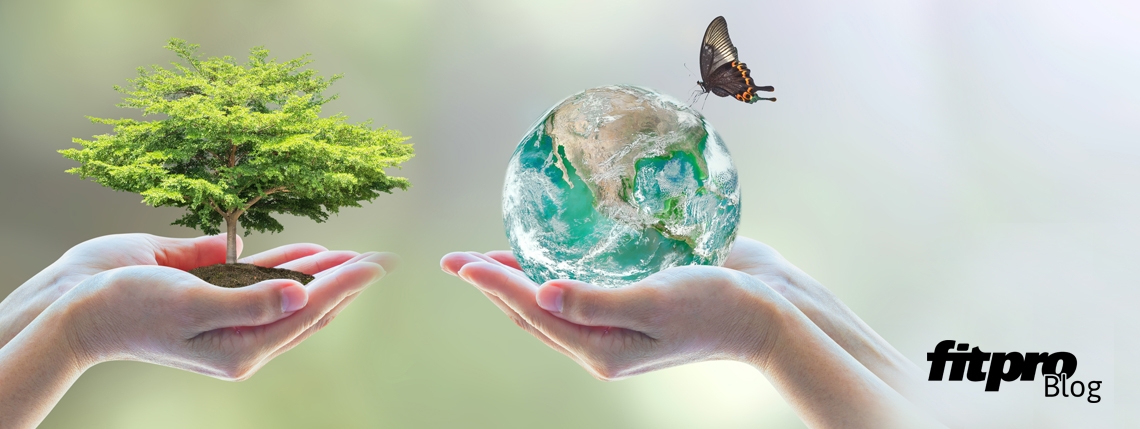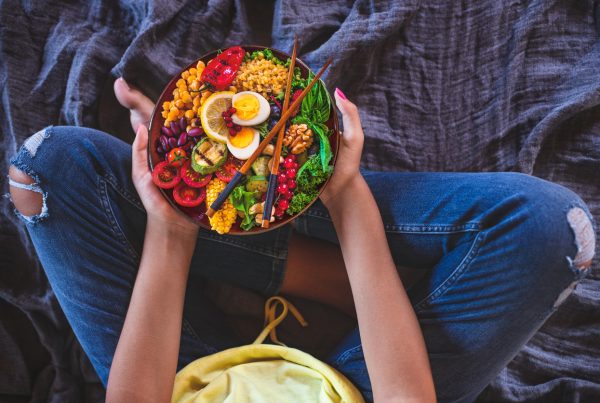Aislinn Kelly explores food sustainability and discovers how unsustainable practices are impacting on public health.
There are many definitions of sustainability. Ben Reynolds, deputy chief executive of Sustain: the alliance for better food and farming, tells me, “When it comes to food, sustainability is about making sure we leave our planet in as good a shape as it is now – ideally, better shape – for the next generation. For the consumer, it’s about avoiding supporting food systems that degrade the planet; from the condition of our soils and biodiversity, to people’s health and livelihoods.”
The current UK food system is described as ‘dysfunctional’ by Dan Crossley, executive director of the Food Ethics Council. He writes, “… obesity is not simply the result of people making inappropriate individual choices. It is ‘the outcome of a dysfunctional food system, which drives food prices as low as possible by promoting cheap food – an approach that is not conducive to good health’.”1
Good health is our mission. So what can we do to facilitate a more sustainable food culture? Reynolds says, “With the rise in obesity and the environmental damage caused by the food system, there are things we can do that have multiple benefits, from supporting local producers to eating seasonal produce and choosing organic food.” Primarily, organic farming puts back into the soil and is backed by the Soil Association as the sustainable method of production.
Reynolds encourages people to buy organic for a number of reasons, “Firstly, biodiversity for our bee and bird populations. Buying organic guarantees what you’re buying is better for them and the soil, which makes it sustainable. Non-organic varieties are produced to make a quick buck and are sprayed with chemicals, which has an impact on public health. Organic producers don’t spray their produce with lots of fertilisers, pesticides and chemicals, so you won’t have the problems that might be associated with those chemicals.”
Reynolds is keen to work closely with the fitness industry. “There’s an obvious synergy between our movement and the fitness industry because it’s a sector that’s promoting a healthy lifestyle,” he continues. “Fitness professionals have credibility and I believe it’s important to weave sustainability issues into your health messages. It doesn’t need to be hard. We’re talking about drinking more water, eating less meat and dairy (and better quality), ensuring fish is sustainable, avoiding processed meat and, where possible, choosing organic. Simple things people can carry with them.”
From organic to biodynamic, if, like most, you’ve never heard of biodynamic farming, this is organic production with bells on. Chris Burdett, who runs Rush Farm in Worcestershire (ulula.co.uk) and is an organic and biodynamic farmer, explains, “Biodynamic farming is being conscious of your farm as a living organism. We farm with nature, not against it. This makes farming easier in some respects because you’re not trying to fight everything. For example, a weed population tells you there’s an imbalance in the soil; it’s a matter of working out how to correct it. Correcting it might take a year whereas, with conventional farming, you put a chemical on it and it corrects it immediately but you have added damage later on.” Burdett believes that, when it comes to food, “If you put rubbish in, you get rubbish out.”
He’s adamant that many public health issues are down to food being produced at a high intensity, which contains antibiotics and comes from animals that are kept indoors and unable to display their natural behaviours. I ask about the impact on meat from animals kept inside. This, he tells me, is the million dollar question. “Science hasn’t managed to work that out yet,” he explains. “The big question we need to ask as scientific fact is why organic and biodynamic produce is better than conventional, chemically driven farming and what that does to the body in the long term? At the moment, science can’t differentiate between two products that are chemically the same but the question is, what is different about them, aside from chemically? I don’t think science can cope with that question yet.”
Burdett goes on to explain that it is biology and chemistry together that make the soil; the biology in soil enables the plant to use the chemistry to grow. “It’s the golf industry that’s causing change,” he explains. “They have money to spend on soil science and are working out what biology they need for the fairways so they don’t have to use chemicals.” There’s a spiritual side to biodynamic farming, which you can take or leave depending on your views. It doesn’t seem wholly far-fetched, however, that the moon could affect the soil and plants when it has such a powerful effect on the tides. There are sprays applied to the soil but Burdett describes them as ‘homeopathy’. It’s eye opening to see how man-made chemicals needn’t be the way forward.
To the consumer with access to biodynamic produce (one may need to turn to the internet), Burdett says, “You’re getting a product that hasn’t been forced. It’s been produced in accordance with how things work, rather than against it, without the petrochemicals present in conventional farming. And there’s animal and plant respect.” He concludes, “I think we live in a very exciting time. The public is becoming more aware and starting to question what antibiotics, petrochemicals, plastics in water, etc. are doing to the human body. Biodynamics is trying to prove that you can produce good food without killing us or the planet.”
References
- foodethicscouncil.org/uploads/publications/sustainability_index_2017_WEB.pdf, accessed on 8 November 2018.
For more technical reading, why not read about the research value of wearable tech







